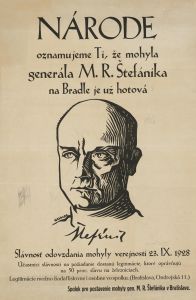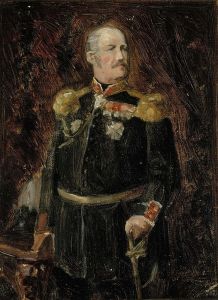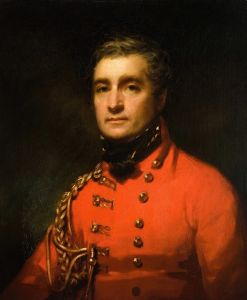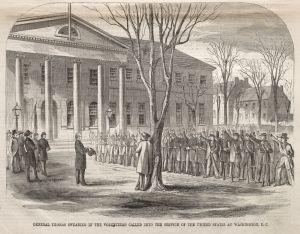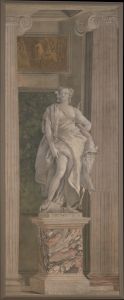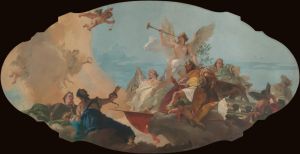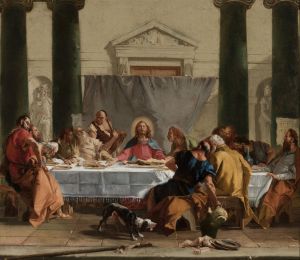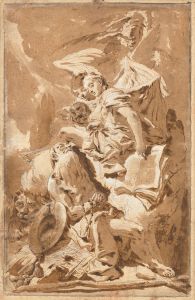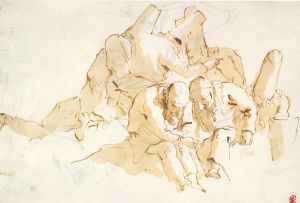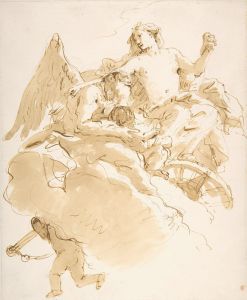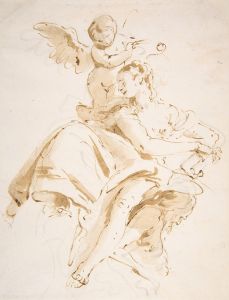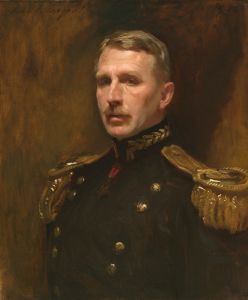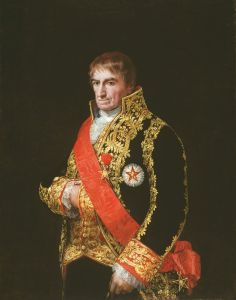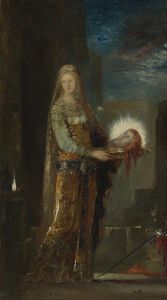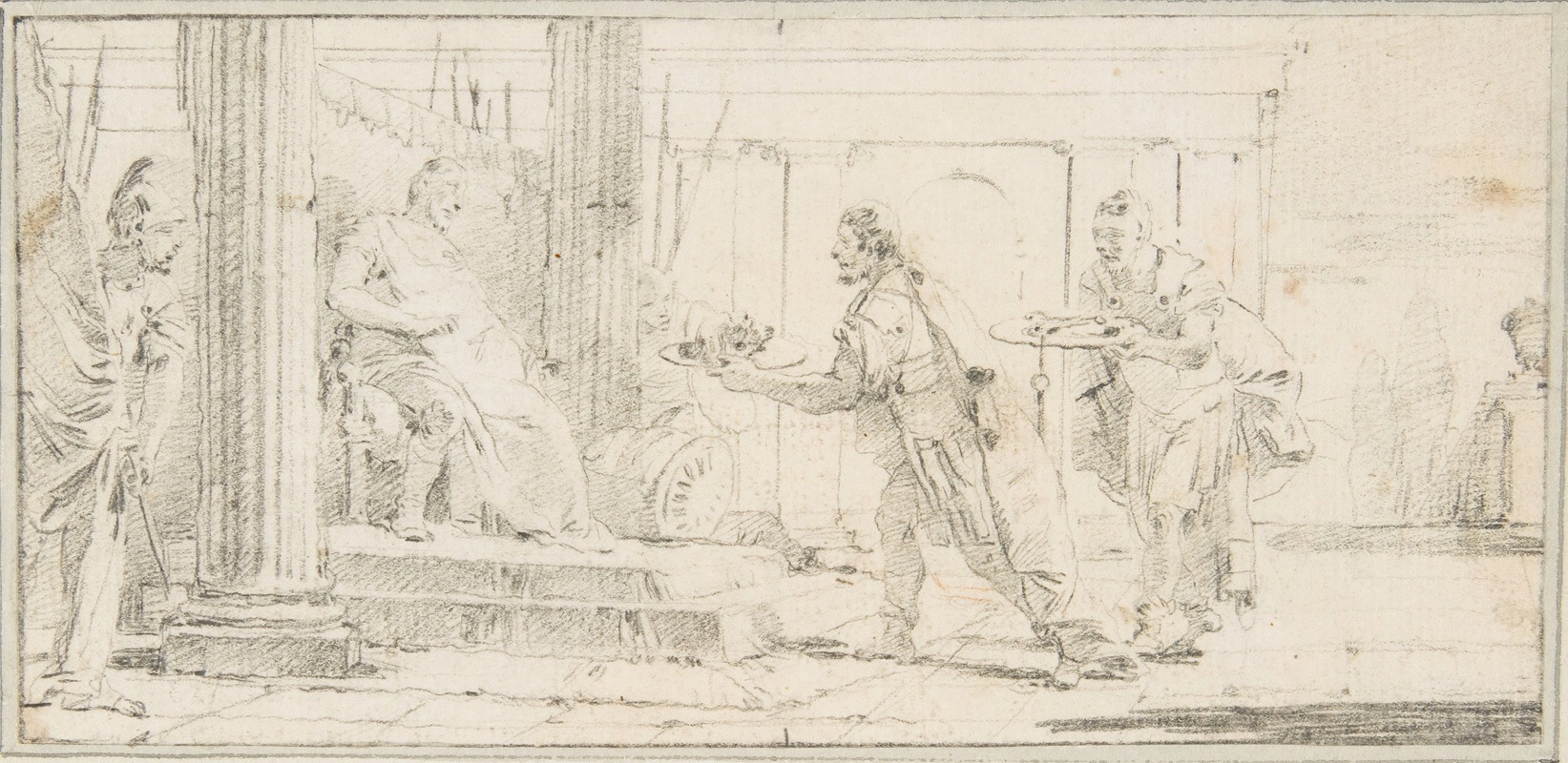
Soldiers Offering the Decapitated Head of a Man and Keys to a General
A hand-painted replica of Giovanni Battista Tiepolo’s masterpiece Soldiers Offering the Decapitated Head of a Man and Keys to a General, meticulously crafted by professional artists to capture the true essence of the original. Each piece is created with museum-quality canvas and rare mineral pigments, carefully painted by experienced artists with delicate brushstrokes and rich, layered colors to perfectly recreate the texture of the original artwork. Unlike machine-printed reproductions, this hand-painted version brings the painting to life, infused with the artist’s emotions and skill in every stroke. Whether for personal collection or home decoration, it instantly elevates the artistic atmosphere of any space.
Giovanni Battista Tiepolo's painting Soldiers Offering the Decapitated Head of a Man and Keys to a General is a work attributed to the renowned Venetian artist, who was active during the 18th century. Tiepolo is celebrated for his mastery of the Rococo style, characterized by its dramatic compositions, vibrant colors, and dynamic use of light and shadow. This particular painting reflects his skill in depicting historical or allegorical scenes with emotional intensity and theatricality.
The artwork portrays a dramatic moment in which soldiers present a severed head and a set of keys to a general. The scene is rendered with Tiepolo's characteristic attention to detail and expressive gestures, emphasizing the tension and gravity of the event. The severed head and keys likely symbolize conquest or submission, themes commonly explored in historical and allegorical art of the period. The general, depicted with an air of authority, appears to be the central figure, commanding the composition and drawing the viewer's attention.
Tiepolo's use of chiaroscuro—contrasting light and dark areas—enhances the dramatic effect of the scene. The figures are arranged in a dynamic composition, with the soldiers and the general interacting in a way that conveys movement and urgency. The artist's skillful use of color and texture further adds to the painting's emotional impact.
While the exact historical or literary source of the scene is not definitively identified, it is consistent with Tiepolo's broader body of work, which often drew on themes from classical history, mythology, and religious narratives. The painting exemplifies his ability to transform complex narratives into visually compelling images.
The date of the painting's creation and its original commission are not clearly documented. However, it aligns stylistically with Tiepolo's mature period, during which he produced numerous works for patrons across Europe, including frescoes, altarpieces, and easel paintings.
As with many of Tiepolo's works, this painting demonstrates his ability to convey powerful emotions and dramatic storytelling through his mastery of composition and technique. It remains an example of his contribution to the art of the Rococo period and his enduring influence on European painting.
Further details about the painting's provenance, current location, or specific historical context are not readily available.





